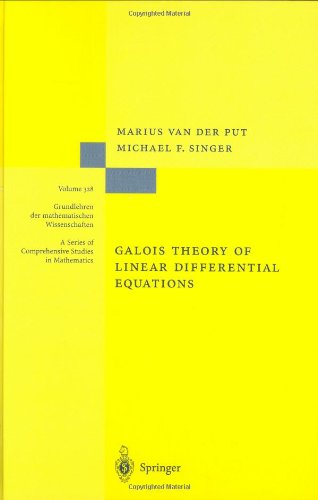|
Introduction to the Theory of Linear Partial Differential Equations (Studies in mathematics and its applications)
DISCLAIMER:This site does not store Introduction to the Theory of Linear Partial Differential Equations (Studies in mathematics and its applications) on its server. We only index and link to Introduction to the Theory of Linear Partial Differential Equations (Studies in mathematics and its applications) provided by other sites. Please contact the content providers to delete Introduction to the Theory of Linear Partial Differential Equations (Studies in mathematics and its applications) if any and email us, we'll remove relevant links or contents immediately. |
Books from NEWZ
Visual Thinking in Mathematics
Some Nonlinear Problems in Riemannian Ge... Tantrasangraha of Nilakantha Somayaji (S... Preparing Mathematics and Science Teache... Modeling, Design, and Simulation of Syst... Linear and Complex Analysis Problem Book... The Descent of Human Sex Ratio at Birth:... Women in Mathematics: The Addition of Di... Algebra: Chapter 0 (Graduate Studies in ... The Nature of Mathematical Thinking (Stu... Order and Convexity in Potential Theory:... Schottky Groups and Mumford Curves (Lect... Compact Semitopological Semigroups: An I... Topics in Functional Analysis over Value... Dirichlet Forms: Lectures given at the 1... Introduction to sensitivity and stabilit... Techniques of Multivariate Calculation (... Three-Dimensional Link Theory and Invari... Critical Point Theory and Submanifold Ge... Konstruktive Galoistheorie (Lecture Note... Analytic Sets in Locally Convex Spaces (... The Metric Theory of Banach Manifolds (L... Summability Through Functional Analysis ... Vector Fields and Other Vector Bundle Mo... The Bidual of C(X)I (Mathematics Studies... |
Comments
 Comments (0)
All
Comments (0)
All
Popular searches










